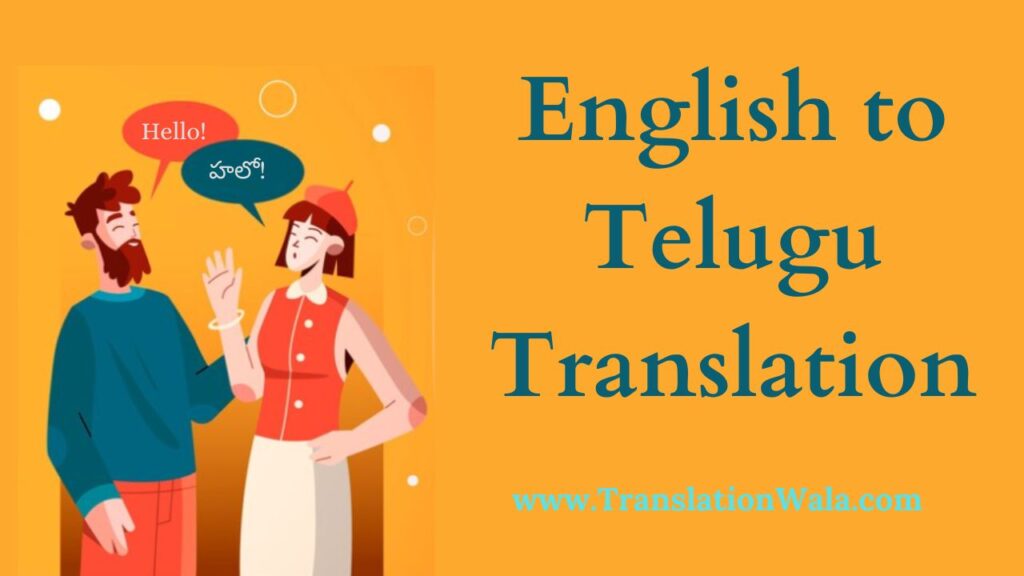Telugu is a language that has a lot of stories. It sings like the Godavari River, dances to the beat of kolams, and whispers like mango leaves. But these stories sometimes have trouble finding their voice in a world where English is becoming more and more common. English to Telugu Translation is more than just passing on words, though. It’s an art form that requires a deep knowledge of both languages and their unique cultural nuances.
Bridging the Gap: Why English to Telugu Translation Matters
Communication goes across countries in today’s international world. The lingua franca, English, gives people access to knowledge, schooling, and jobs. But for millions of people whose first language is Telugu, using only English can make them feel disconnected. Important information, stories, and feelings are still not available to everyone. This is where the translation comes in; they connect people from different countries and languages.
Beyond Literal Meaning: Embracing the Nuances of Telugu
It’s not enough to just change words when you translate. It’s about finding the best Telugu word that perfectly expresses what the English text means. To do this, you need to know a lot about Telugu’s large language, idioms, and cultural references. It wouldn’t make sense to translate “He died” literally into Telugu. To avoid being gloomy, a symbol like “గాలతర్మం నెరవేరిచాడు” (He did what was due at the right time) would carry the weight of death.
The Melody of Words: Maintaining the Rhythm of Telugu
The words in Telugu run together like the lines of a song. A good translator knows how to use rhythm, rhyme, and repetition to make the language more beautiful. It’s not possible to translate a poem without keeping its pace and humor. Similarly, using the right slang and witticisms that Telugu speakers can understand is important for making a story funny.
Also Read: Unlocking Cross-Border Communication: The Power of Document Translation Services

Context is King: Adapting to Audience and Purpose
A lot of what makes a translation work rests on the situation. Are you trying to reach a farmer in the country or a young worker in the city? Is the goal to educate, amuse, or convince? The level, accent, and tone of the phrase must be changed by the translation. You wouldn’t use the same words to translate a science paper as you would a children’s story. Knowing the background information makes sure that the translated message gets the right people and has the effect that was intended.
Tools of the Trade: Resources for Aspiring Telugu Translation
People who want to become Telugu translators need to have a natural talent for the language, but there are a lot of tools available to them. You can use online dictionaries, glossaries of scientific terms, and translation tools to help you find the right words. To learn about the culture, read, listen to, and watch Telugu movies, books, and songs. Don’t be afraid to ask native Telugu speakers and skilled Translation for help. Remember that you can keep learning, and that each line you translate is a step toward becoming fluent.
A Tapestry of Voices: The Future of English to Telugu Translation
There is a greater need for skilled English to Telugu Translation as the world gets smaller and knowledge is easier to get. Your versions can bring attention to problems that affect people around the world, teach people Telugu, and bring old stories back to life. You start to build a fabric of words that binds together different cultures and groups. You should take on the task, get better, and tell the world about the magic of Telugu stories.
This blog is just the beginning. Mastering the art of English to Telugu Translation is a process that never ends. Discover the depths of both languages, enjoy their unique beauty, and let your words connect people in powerful ways. Do not forget that you are translating more than just words. You are translating whole worlds.



